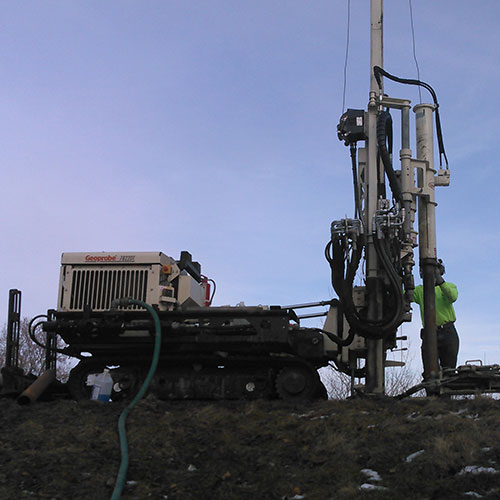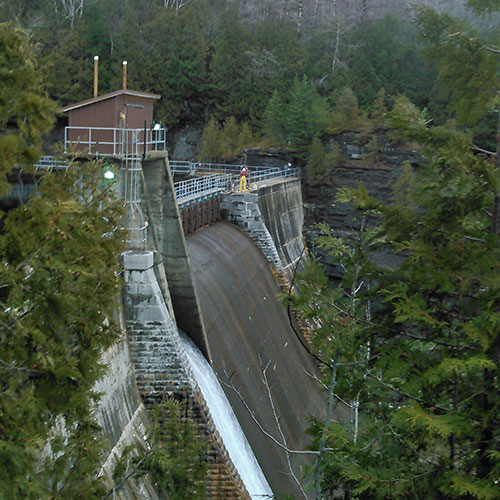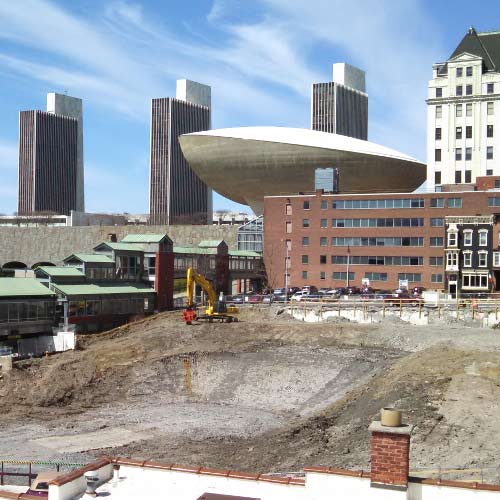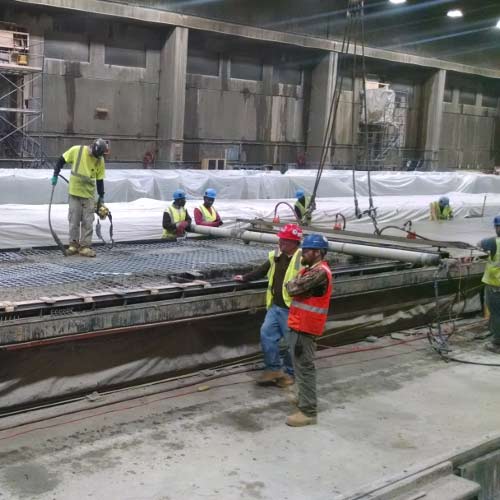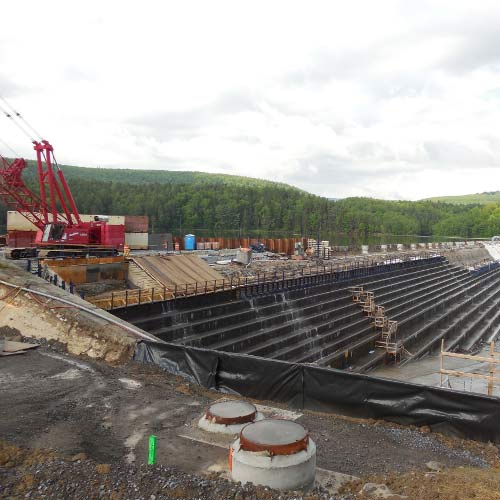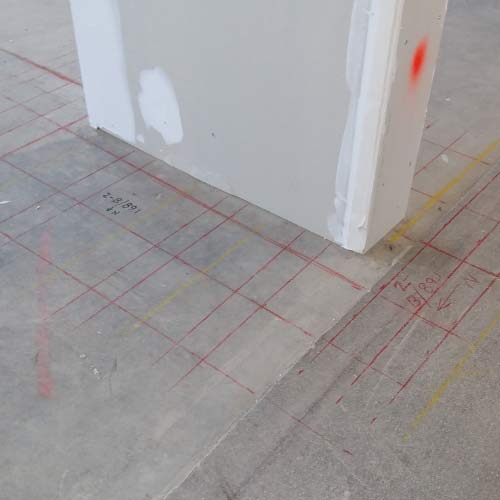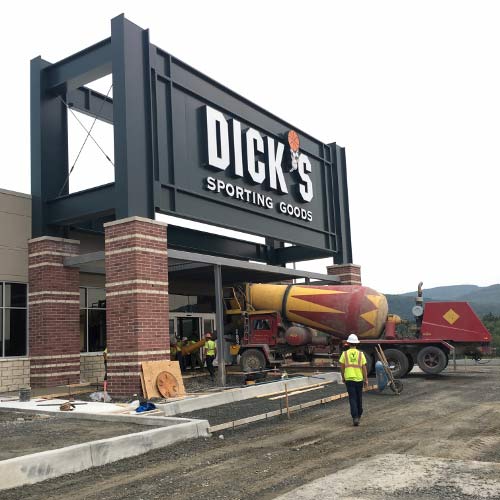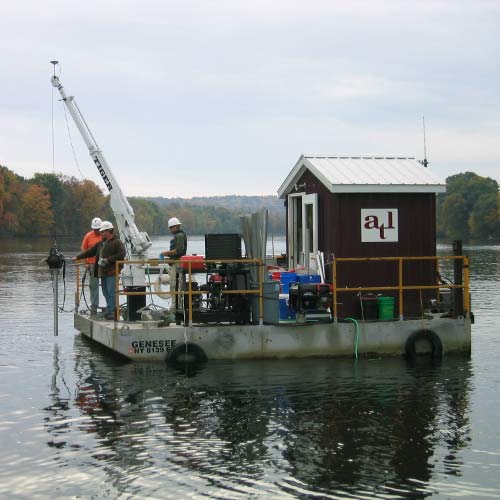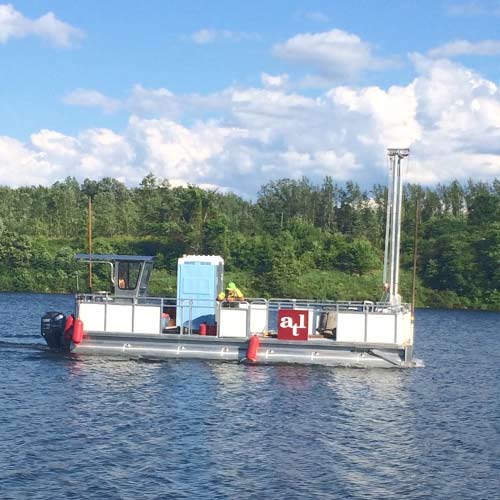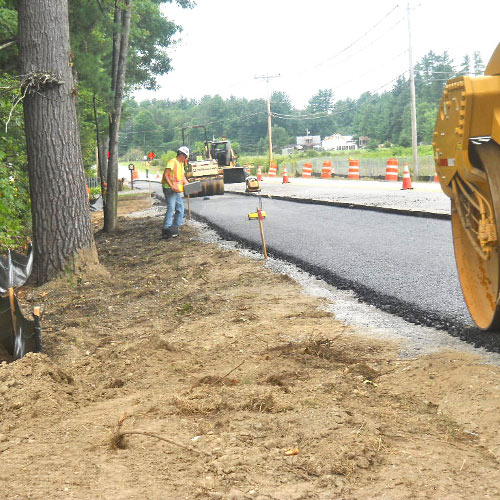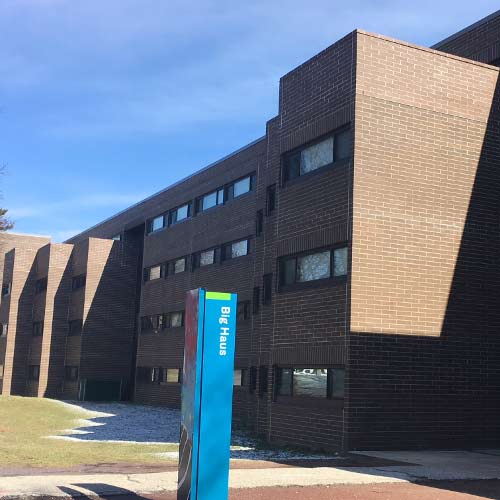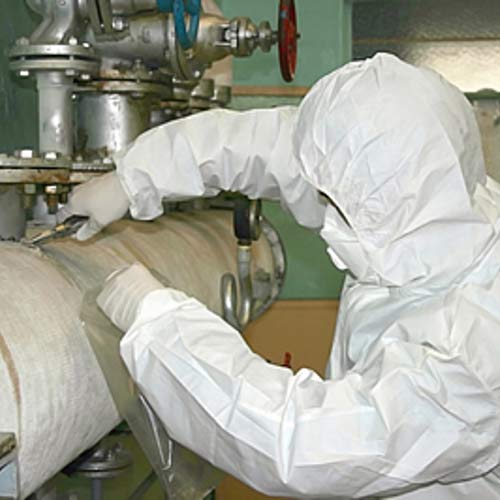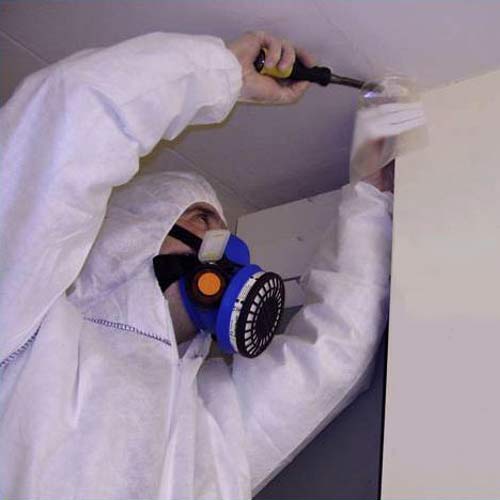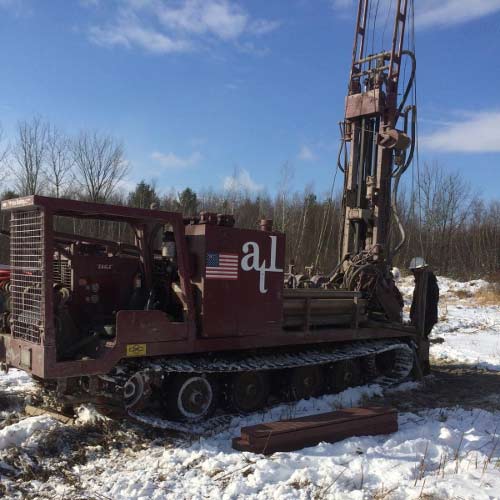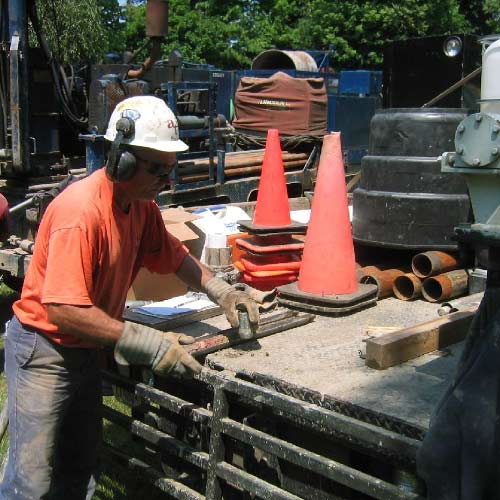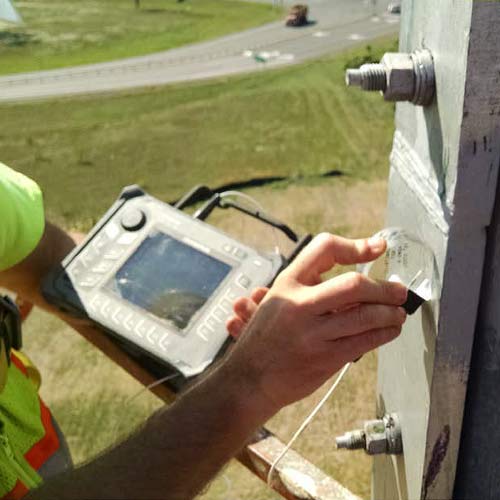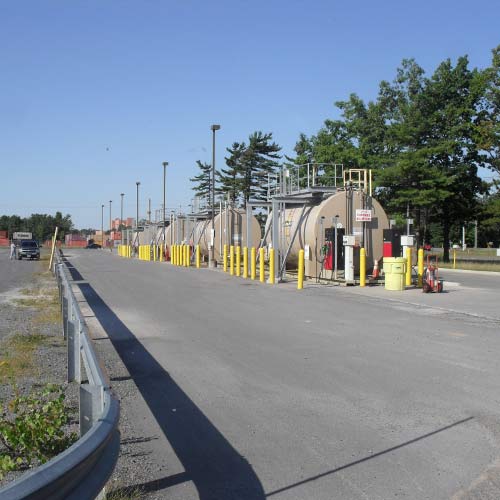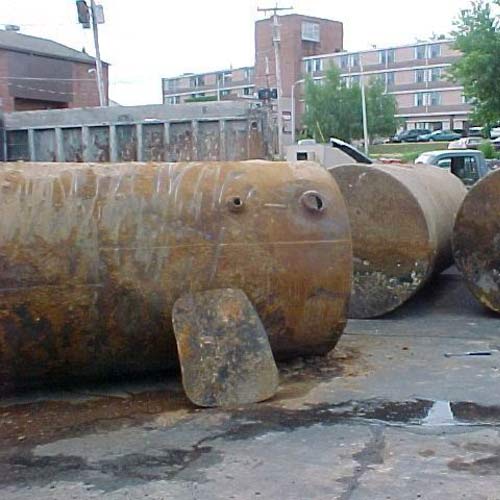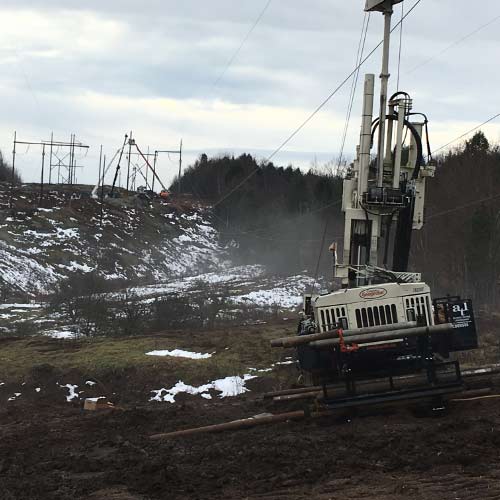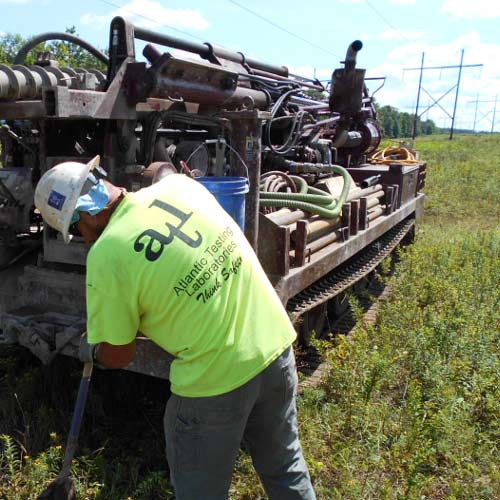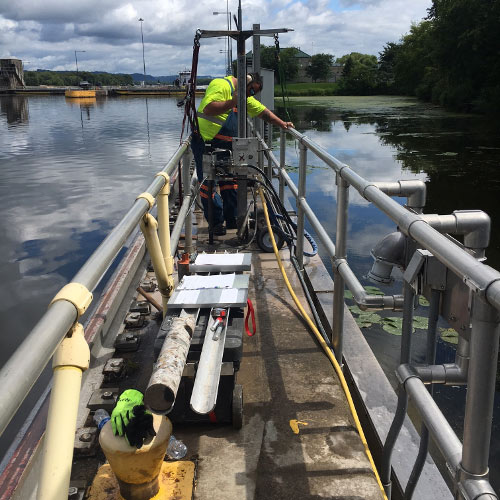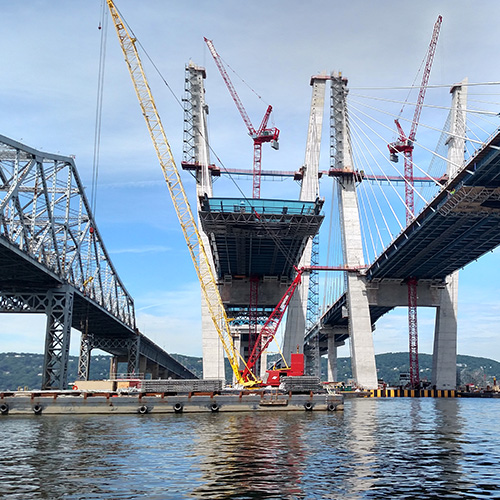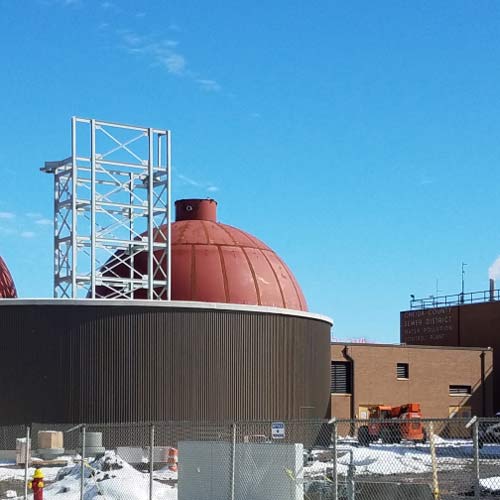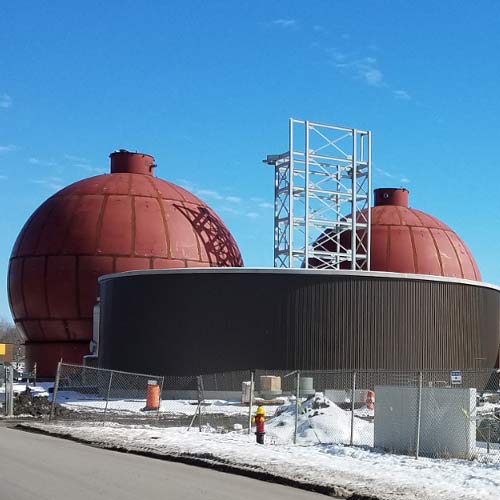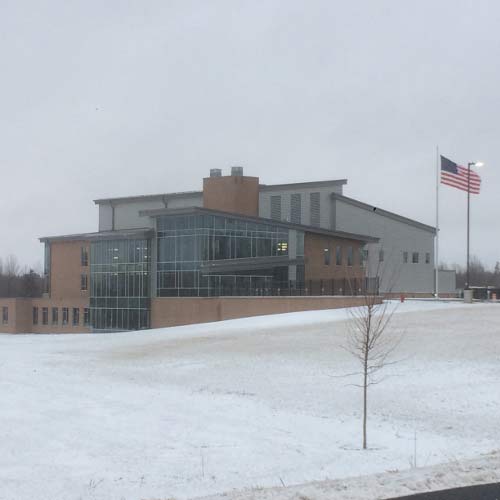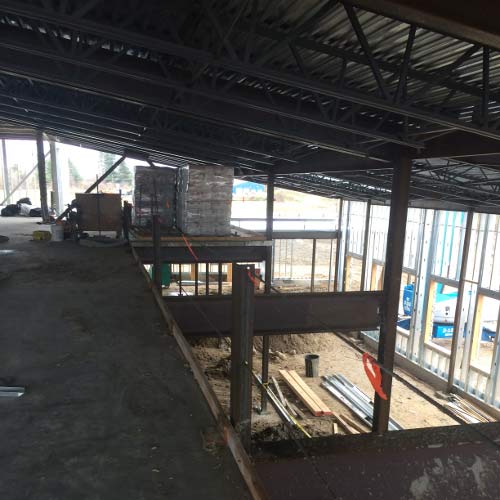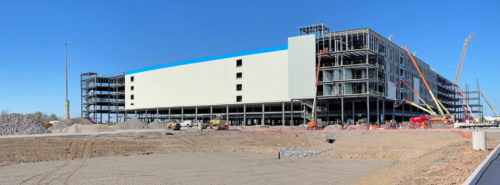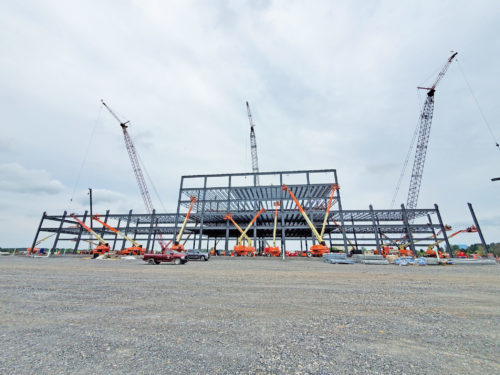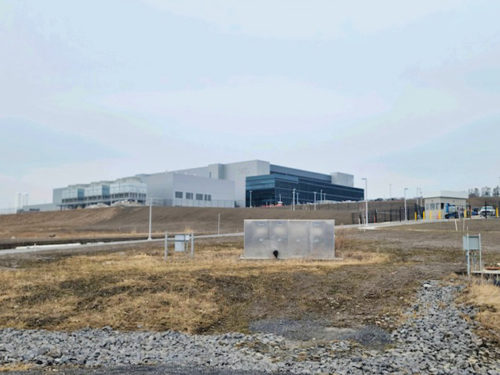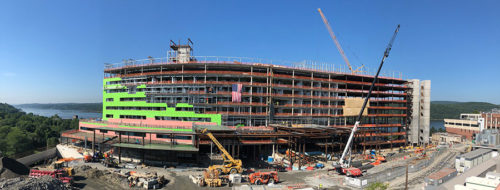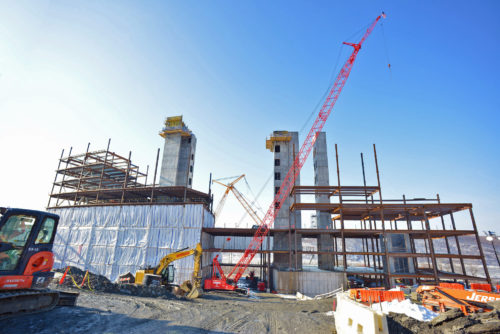Click the following link to view the PDF of this paper: Concrete Testing and Investigations to Support Structural Retrofitting

Steven N. Moore, PE
Senior Engineer
Atlantic Testing Laboratories
Certain concrete building structures may be retrofitted for purposes that differ from the original design. For instance, a multi-story warehouse may be acquired by a developer intending to retrofit the structure for office space and/or mixed-use purposes. Internal walls may be added, relocated, or removed, consequently altering the original loading and load paths of the structure. In the absence of original construction drawings or as-built drawings, it may be necessary for the structural engineer to ascertain specific physical properties of the concrete and concrete components to properly design a retrofit. Compressive strength, reinforcement size and location, air content, exposure to freeze-thaw conditions, presence of active corrosion, and the internal condition of the concrete represent properties that may require assessment.
Atlantic Testing Laboratories provides field and laboratory services designed to support the structural engineer throughout the retrofit design process. These services are summarized as follows:
- Rebound Hammer (ASTM C805) and Windsor Probe (ASTM C803) – Nondestructive tests utilized to evaluate the relative strength of the concrete.
- Ground Penetrating Radar (GPR) – A nondestructive method employed to identify the reinforcement pattern (spacing, location, and depth); this method is used to avoid reinforcement during coring operations and can also estimate the thickness of certain concrete members.
- Drilling and extracting cores (ASTM C42) – Core samples can be extracted for a series of field and laboratory tests to assess the in-place concrete compressive strength (ASTM C39), condition, and durability.
- Half-Cell Corrosion Potential (ASTM C876) – This test can be employed to evaluate the probability of active corrosion in reinforcing steel.
- Impact Echo (ASTM C1383) and Ultrasonic Pulse Velocity (ASTM C597) – These nondestructive testing methods can delineate unsound concrete and evaluate the depth of flaws and delaminations.
- Water-Soluble Chlorides (ASTM C1218) – This assessment determines the concentration of water-soluble chlorides that can accelerate the corrosion of reinforcing steel.
- Petrographic Analysis of Concrete (ASTM C856) – A microscopic evaluation of concrete aimed at identifying internal deterioration mechanisms such as alkali-silica reactivity or freeze-thaw distress.
- Microscopic Air Void Analysis (ASTM C457) – This analysis involves a microscopic evaluation of the air void system for freeze-thaw durability.
- Chloride Permeability/Migration Coefficient (ASTM C1202/NT Build 492) – This assessment determines concrete chloride permeability and chloride migration coefficient for life cycle analysis evaluation.
For more information, contact Steve Moore at 518-383-9144, info@atlantictesting.com, or visit www.AtlanticTesting.com.
|
ASSOCIATED SERVICES |
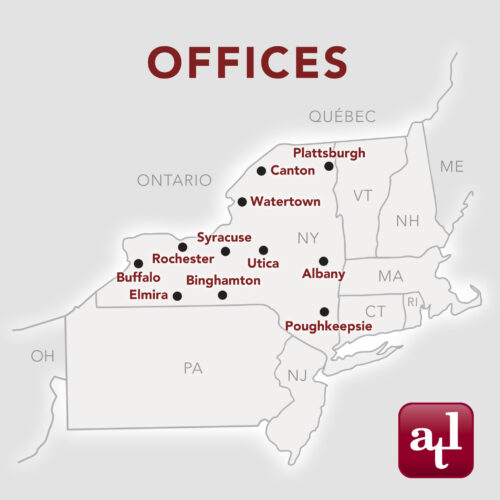 |


